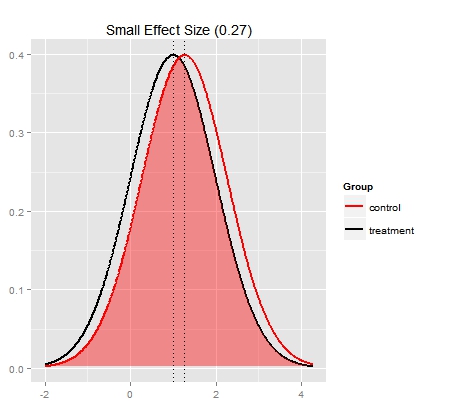There is loss of information with dichotomous variables, or composite variable, both of which could be said to be problems with the original primary outcome measures.
However, it was they who came up with the such variables.
Also, their proposal presumably used such variables when the reviewers reviewed whether the MRC would fund it.
And similarly, when presumably used such variables when ethics reviewers reviewed it.
And it wasn't as if they gave up on dichotomous variables: the two post hoc variables they introduced, "normal functioning" and "improvement" were dichotomous variables.
Also, they already had a secondary outcome measure that used continuous scoring for the Chalder fatigue scale.
Given this and, for example, the drastic reduction in the recovery thresholds, it's difficult to believe it was anything other than running away from demanding thresholds that would give them not good results.
Also, and this has been asked (and maybe answered?) before, do we know whether they had seen all the data before making this change? There is a lot of talk somewhere about having data but not broken down by intervention, but I can't remember whether we know what they knew before making this change?
However, it was they who came up with the such variables.
Also, their proposal presumably used such variables when the reviewers reviewed whether the MRC would fund it.
And similarly, when presumably used such variables when ethics reviewers reviewed it.
And it wasn't as if they gave up on dichotomous variables: the two post hoc variables they introduced, "normal functioning" and "improvement" were dichotomous variables.
Also, they already had a secondary outcome measure that used continuous scoring for the Chalder fatigue scale.
Given this and, for example, the drastic reduction in the recovery thresholds, it's difficult to believe it was anything other than running away from demanding thresholds that would give them not good results.
Also, and this has been asked (and maybe answered?) before, do we know whether they had seen all the data before making this change? There is a lot of talk somewhere about having data but not broken down by intervention, but I can't remember whether we know what they knew before making this change?

